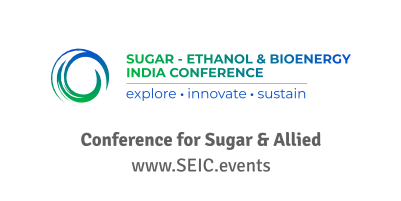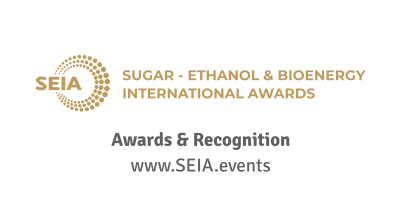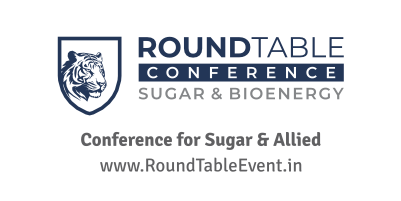Unconventional Gas Solutions, a specialist in gas upgrading systems, has announced the successful starting of two innovative biogas upgrading plants in Michigan and Wisconsin, reported Energias Renovables.
These plants, which together inject 800 Nm³/h of biomethane into the local gas grid, represent the first of their kind from UGS.
The projects presented significant challenges due to changes in operating procedures and stringent grid requirements. The first plant to be commissioned was the Three Petals RNG plant in Berlin, Wisconsin, followed by the Red Leaf RNG plant at Maple Row Dairy Farm in Saranac, Michigan.
In collaboration with project developer Novilla RNG, UGS played a critical role in developing, commissioning, and optimizing these systems, setting a new standard for biogas treatment. Traditionally, when high H2S concentrations are present, operators must either pre-treat the biogas with expensive additives or install costly external desulfurization systems to handle the entire biogas volume.
This conventional approach reduces H2S levels to what can be managed by an activated carbon filter, but it often requires additional oxygen, which can adversely affect the quality of the product gas. In contrast, the teams at the Berlin and Saranac sites opted for a more straightforward method.
Both plants handle H2S concentrations exceeding 4,000 ppm, directing the gas straight into the compressor of the gas treatment plant and through the initial membrane stage. Instead of protecting the membrane treatment system, Novilla and UGS employed an unconventional method: a multi-stage, membrane-based treatment process that can tolerate extremely high H2S concentrations of up to 30,000 ppm.
In the first membrane stage, H2S and CO2 are simultaneously separated and released as exhaust gas. This eliminates the need for a costly upstream process to reduce the H2S load. To maximize methane yield, the permeate from the subsequent stage is recirculated back into the process.
To read more about Biogas Industry News, continue reading BioEnergyTimes.com














